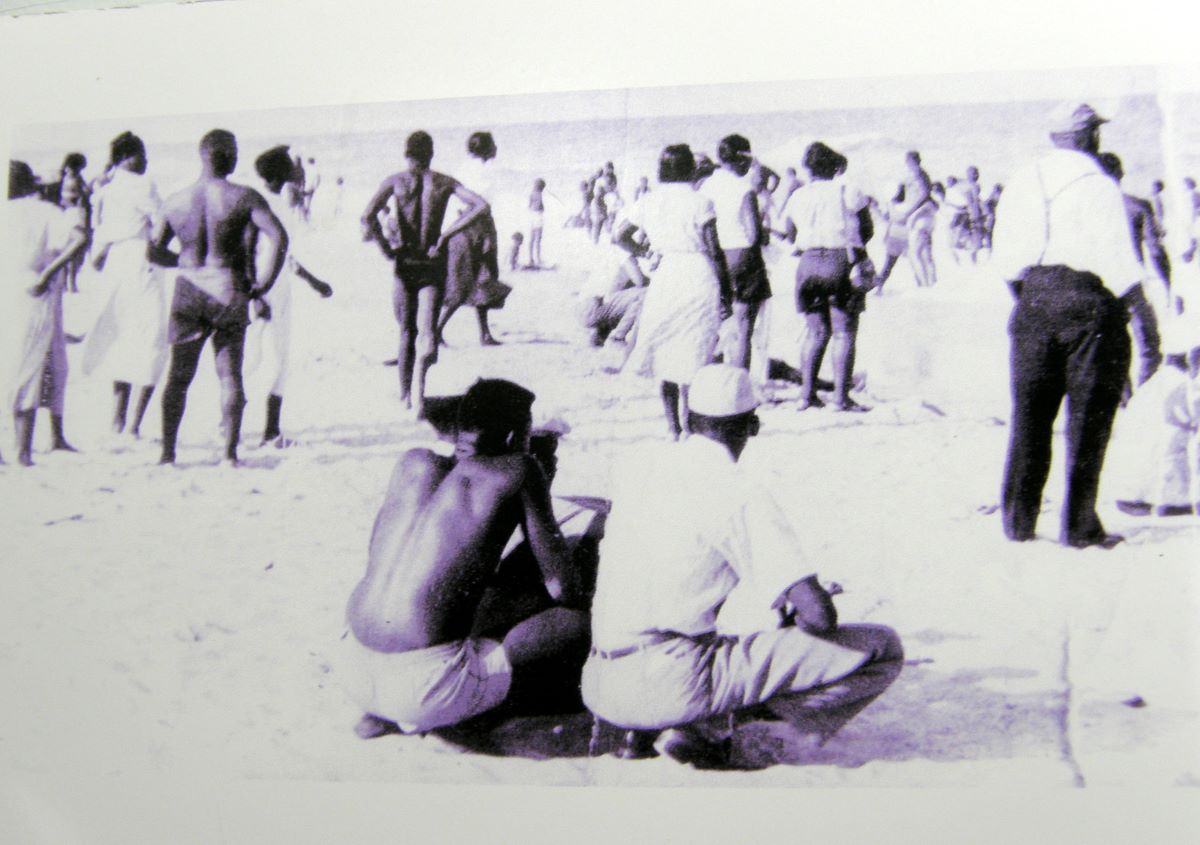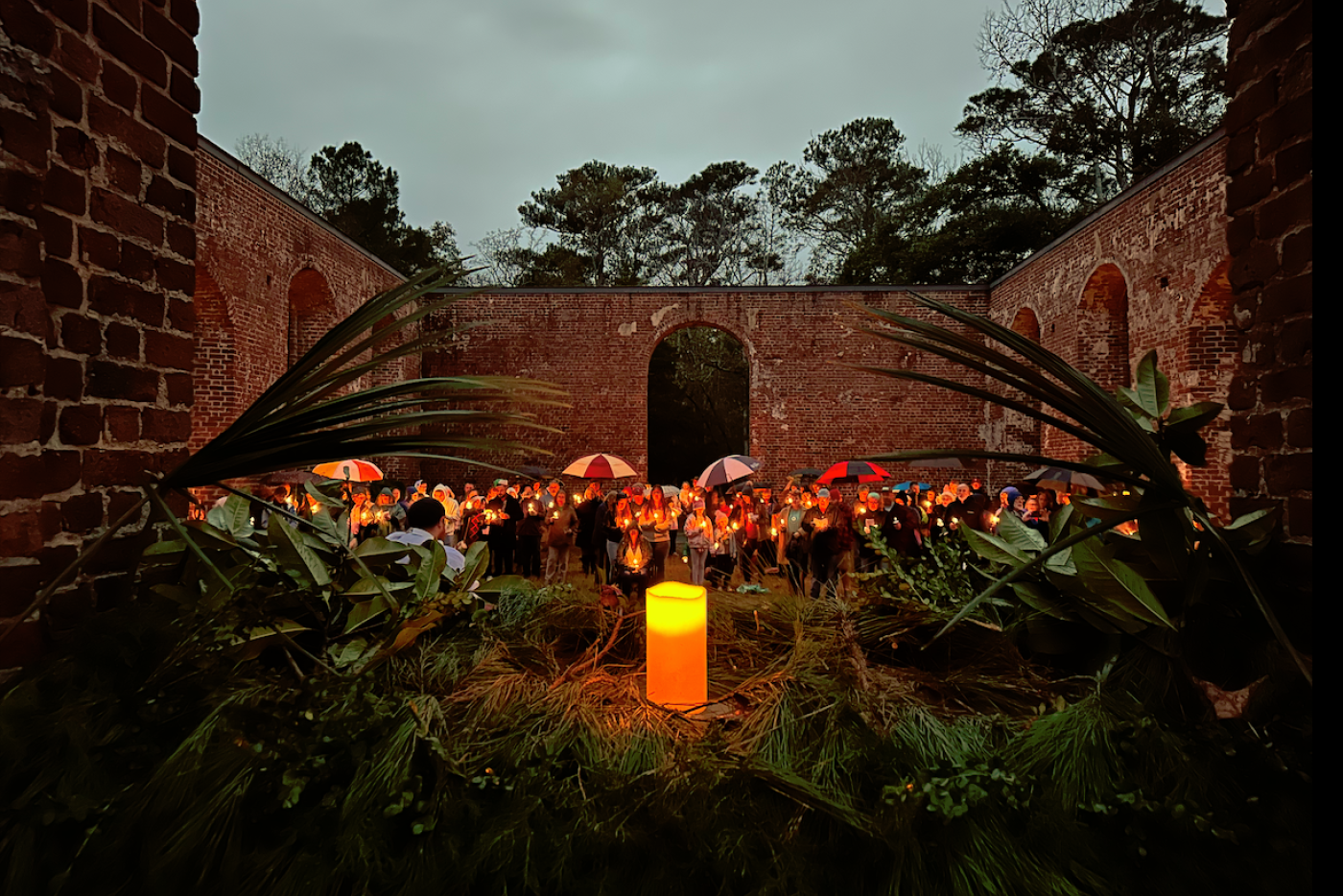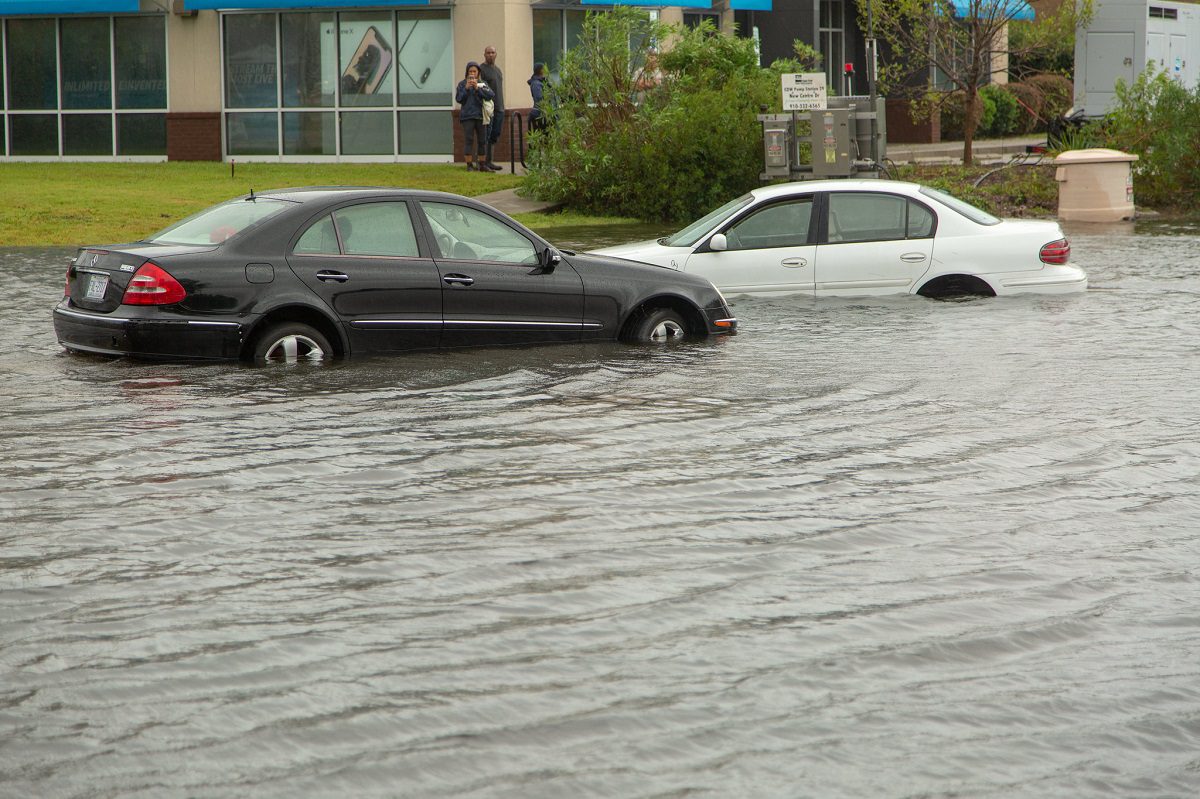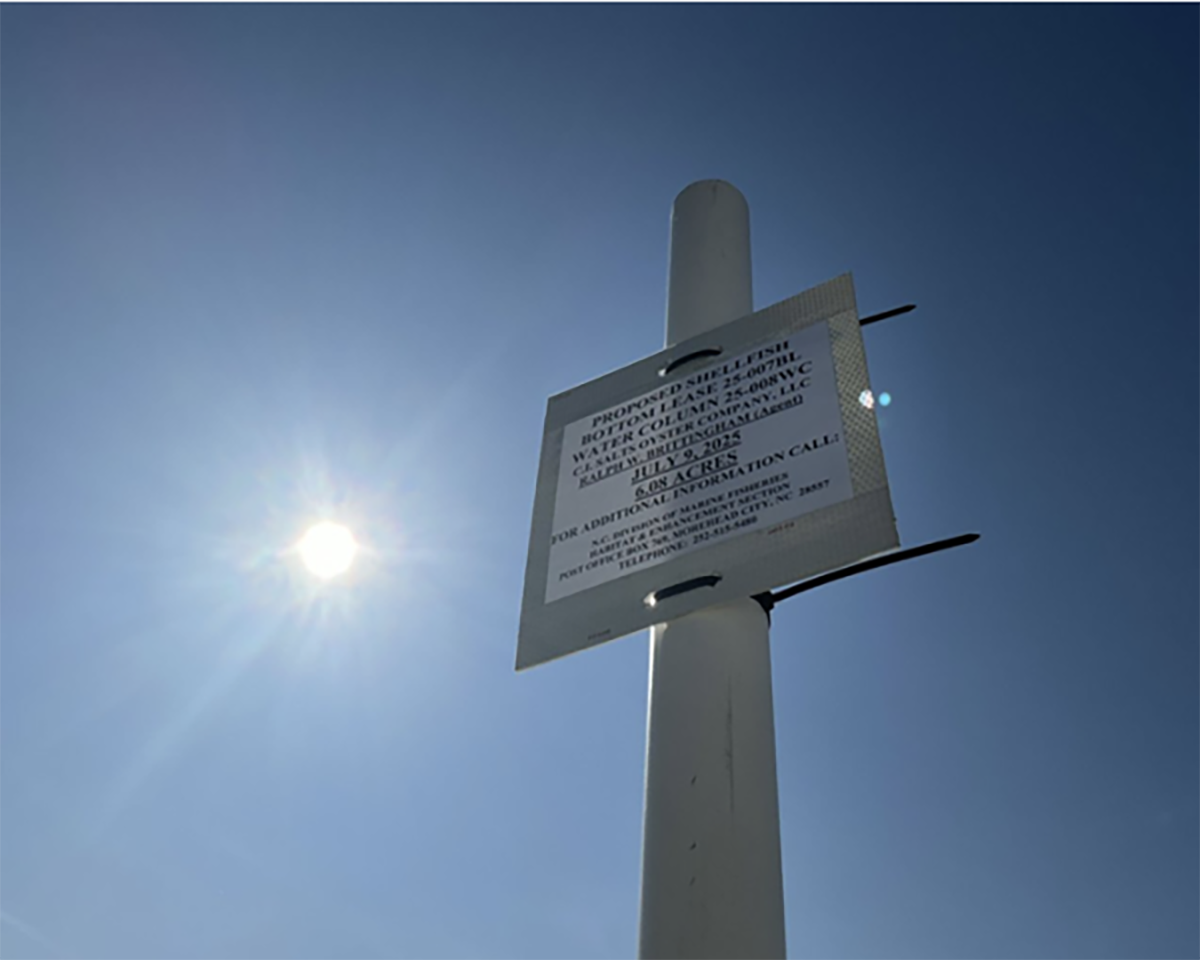
Two beach resorts for Black families built in New Hanover County before desegregation will be recognized with a North Carolina Highway Historical Marker.
“Seabreeze and Freeman Beach were two pioneering beach resorts established in New Hanover County in 1922 and 1951, respectively,” according to marker program officials.
Supporter Spotlight
The marker will be dedicated during a ceremony at 10:30 a.m. Friday near the intersection of Carolina Beach Road and South Seabreeze Road.
Established by African American landowners during segregation, until 1962 the two resorts were a destination for thousands of Black visitors from North Carolina and other parts of the country during the Jim Crow era, when beach resorts were racially segregated, organizers said.
The origins of the two resorts began in 1922, when two of Robert Bruce Freeman’s sons, Roland and Nathan, established the North State Realty and Investment Co. The brothers, who owned 65 acres along Myrtle Grove Sound, divided their land into small plots that they sold for residential and business use, including the establishment of a Black beach resort.
Seabreeze was the first building and was later adopted as the name of the larger resort community. Two years later, Thomas and Victoria Lofton, a prominent Wilmington African American couple, opened a 25-room hotel, the Russell Hotel followed in May 1929..
Dr. Foster F. Burnett, a Wilmington doctor, built in 1934 a convalescent home and recreation center for African Americans next to Seabreeze. In May 1935, the North Carolina Utilities Commission granted a franchise to the Wilmington Bus Co. to run buses between Seabreeze and Wilmington.
Supporter Spotlight
During World War II, Seabreeze was a popular destination spot for African American servicemen. The Federal Works Agency earmarked $12,800 for the construction of a bathhouse for their use.
Another of Robert Bruce Freeman’s children, Lulu Freeman Hill and her husband Frank established Freeman Beach. On July 4, 1951, at an event called Robert Bruce Freeman Day, the Hills opened their restaurant Monte Carlo by the Sea along with a nearby pavilion for an entertainment venue. The surrounding beachscape was christened Freeman Beach.
“By the 1950s, the fortunes of both Seabreeze and Freeman Beach were in decline. Harassment of visitors was common as they neared or left either resort area. Opposition to the resorts from area whites and the increasing encroachments of local development grew. Erosion also was shrinking the beaches,” officials said.
When Hurricane Hazel struck in October 1954, the storm severely damaged Seabreeze. A few buildings remained but the resort never fully recovered, and by 1975, most of the businesses associated with the resort closed, although a small community persisted.
“During their years of operation, Seabreeze and Freeman Beach were well-known venues in and beyond North Carolina for entertainment, recreation, and leisure for thousands of African Americans at a time when such establishments were limited,” officials said.
The Highway Historical Marker Program is a collaboration between the N.C. departments of Natural and Cultural Resources and Transportation.








